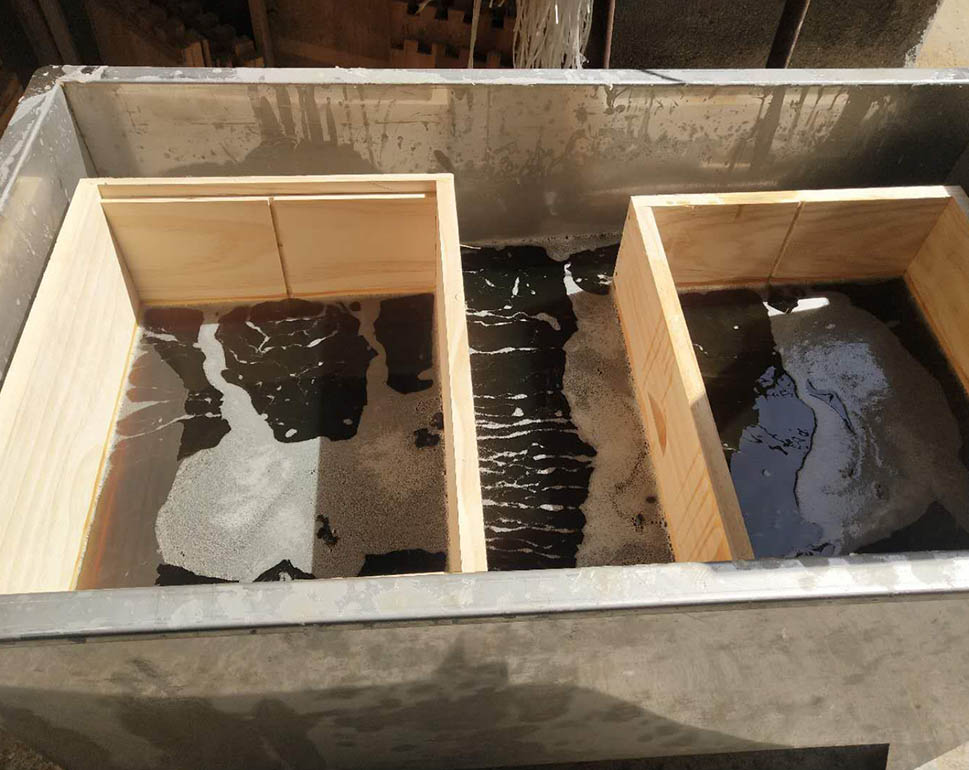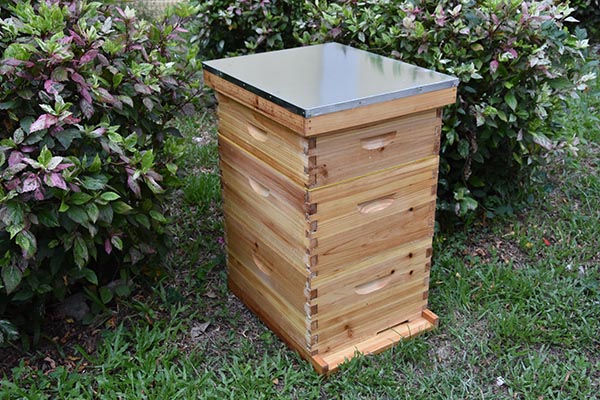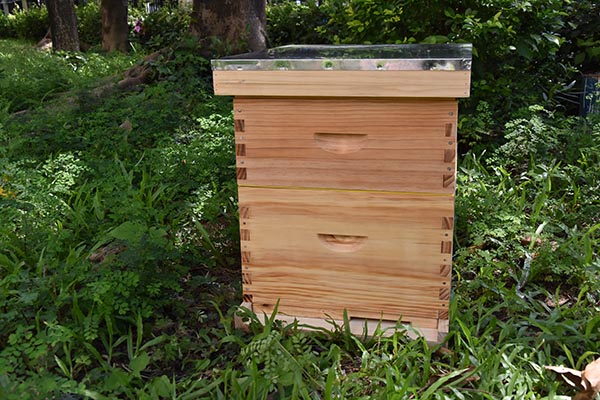Beekeeping waxed beehive and beehive
 Jul 13,2022
Jul 13,2022

 Lucia Ma
Lucia Ma
Beekeeping waxed beehive and beehive
Why are beehives waxed?
There are two types of beehives, one is the waxed beehive, and the other is the beehive that has not been waxed. Judging from the price of these two types of beehives, the price of waxed beehives is relatively higher, and the structure of waxed beehives is actually exactly the same as that of beehives without waxed. The only difference is whether it has been waxed or not. So why do beehives need to go through waxed? We all know that beehives are made of wood, no matter what kind of wood is used, in fact, the newly made beehives have the smell of wood, and bees do not like the smell of beehives. According to the characteristics that bees like the smell of beeswax, we can use beeswax to smear the beehive. One is to give the beehive a taste that the bees like, and the other is to cover up the odor of the wood itself and increase the possibility of the bees staying in the beehive. This is why the beehive needs to be boiled. The reason for the wax.

Use of beehives
In actual farming, beehives actually have two purposes. One is to use them directly for beekeeping. For example, our family is originally a beekeeper. We can directly use the purchased beehives to separate more bee colonies and breed bee farms. The second is to lure bees, which is also to increase the number of our bees.
First: used to divide bees to increase the colony If we use it to separate bees, in fact, the odor of the beehive has been eliminated after boiling the wax, and it can be used to separate bees directly without any other treatment. However, if the beehives we bought have not been boiled with wax, it is best to brush them with beeswax first, which can greatly increase the probability of bees staying. Second: used to lure bees Now some friends also use live frame beehives to attract bees. According to the results of the bee tribe's attempts, wild bees seem to be more willing to enter the barrel beehives, but there are also bees that live directly in the bee farms of the bee tribe. The case of live-frame beehives, and Italian bees also entered, from this point of view, it is realistic to use live-frame beehives to trap bees, but if we want to increase the possibility of trapping bees in live-frame beehives, benefitbee recommends doing some treatment , which can improve the success rate of our bee trapping.

The purpose of wax-coated beehives is mainly to fill the density of wood fibers, so that the structure of the beehives is more compact, rain-proof and anti-corrosion, preventing ants and insects from easily entering the beehives and invading the bee colonies; increasing the use of beehives. Save the cost of beekeeping, because of frequent transfer, the working conditions of protective beehives must be poor. However, it should also be noted that: the use of boiled wax beehives for breeding bees must not be cultivated in direct sunlight, because this kind of boiled wax beehives have strong heat absorption and diffuse heat dissipation. The temperature is too high, and the swarms of bees appear to flee.

The reason why wax-coated beehives are waxed is because bee breeding will often change sites. For the convenience of beehive transportation, beehives are too heavy, obviously not suitable for this kind of transportation process at any time, so it is necessary to reduce the weight of beehives. Although hardwood is corrosion-resistant, it is too heavy and inconvenient to handle. Therefore, light wood must be selected, but light wood is not corrosion-resistant. If other anti-corrosion materials are selected, it is not suitable for bees to live in. Considering that beeswax is both waterproof and moisture-proof At the same time, it has no effect on the bees, so the wax-coated beehives are produced. In fact, the main purpose of waxing is to solve the problem that the beehives are easily rotten due to humidity. However, it is precisely because of the moisture-proof and waterproof effect of beeswax that wax-coated beehives are actually not very suitable for bees to live in. Especially in the season of high temperature and high humidity, or in places with heavy humidity, the humidity in the beehive cannot be absorbed and discharged normally, and the impact on bees is still very obvious. Bees may suffer from diseases due to long-term living in a humid environment. Phenomenon.




 Tel:
Tel:

 Home
Home How bees are farmed
How bees are farmed  You May Also Like
You May Also Like







 Tel
Tel
 Email
Email
 Address
Address







